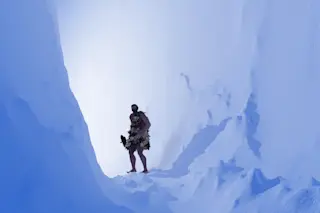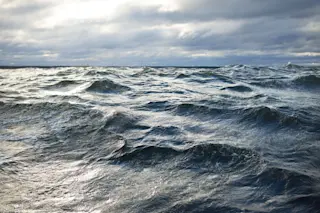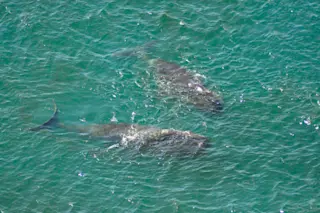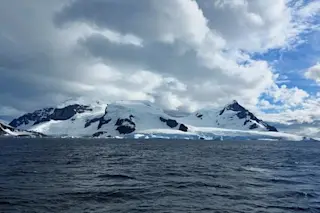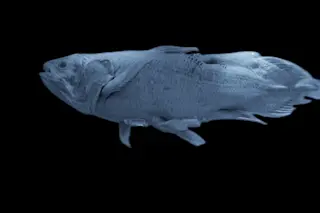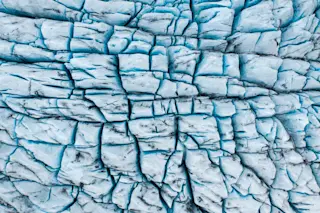Since the origin of our species approximately 300,000 years ago, modern humans have spread throughout the whole world, armed with the ability to adapt to our surroundings.
Beyond the innate talent to withstand a wide variety of climates, Homo sapiens are also able to endure episodes of extreme climate change. In the Ice Age, starting approximately 115,000 years ago, humans survived wild swings in the weather that their hominin relatives were ultimately unable to stand. How did these humans do it? Anthropologists and archeologists currently lack a clear-cut answer. Yet the murky theories and potential explanations often emphasize our species’ exceptional social abilities and knack for altering our surroundings to our advantage.
To understand how humans survived and adapted to the Ice Age, it’s important to appreciate what they were dealing with. In long-lasting periods called ice ages, the temperatures throughout the planet’s atmosphere and surface cool, causing continental ice ...



